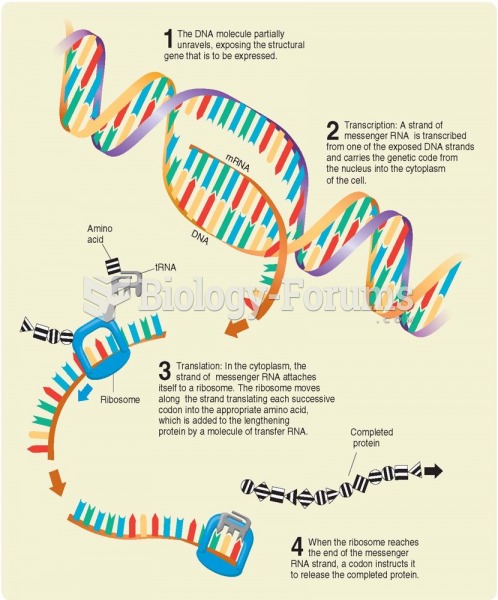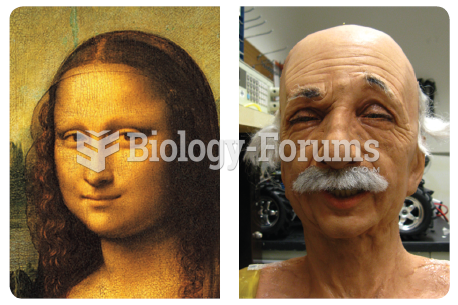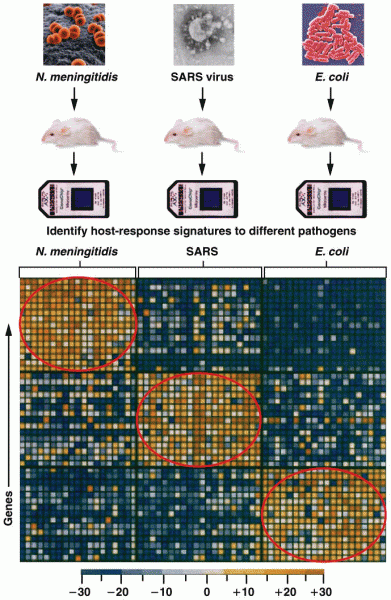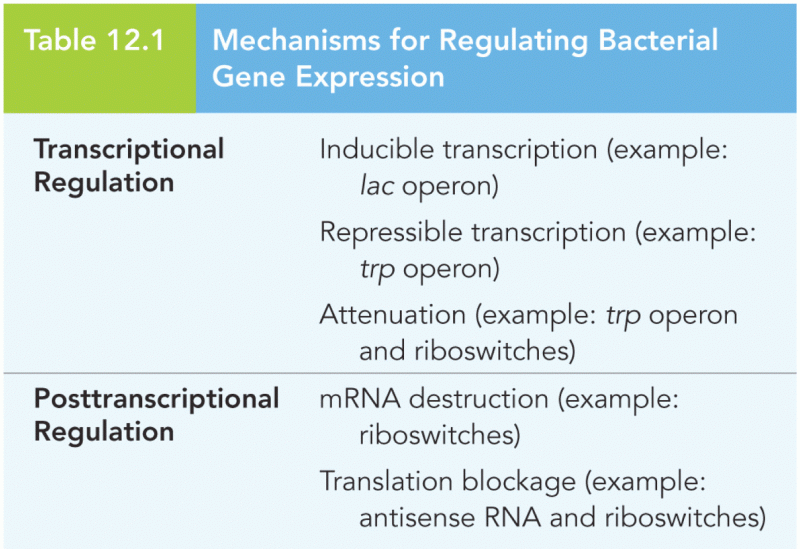Answer to Question 1
TRUE
Answer to Question 2
The forms of evolutionary change include socio-technical systems theory and total quality management.
Socio-technical systems theory advocates the need to fit the social and technical systems of an organization when making organizational change. Developed in British coal mines following World War II, socio-technical systems theory suggests that managers changing task and role relationships should recognize the need to gradually adjust technical and social systems. Doing so will discourage group level resistance to organizational change and minimize disruption to group norms and cohesiveness.
Total quality management (TQM) requires all of an organization's functions to focus their efforts on continuous improvement to the quality of the organization's goods and services. TQM involves incremental changes to the processes of an organization, especially the handoffs between functions, but requires a radical change in thinking by many organizations.
The forms of revolutionary organization change include reengineering, restructuring, and innovation.
Reengineering is a fundamental rethinking and radical redesign of business processes to achieve dramatic improvement in critical, contemporary measures of performance, such as costs, quality, service, and speed. Reengineering focuses on an organization's functions, not its products or services, and starts by analyzing customer needs. It is undertaken by an organization when its performance is deteriorating rapidly.
An organization can restructure (1 ) by reducing its levels of integration and differentiation or (2 ) by downsizing the number of employees. Either change often results in changes in relationships between functions or divisions. Restructuring may be caused if an organization's environment shifts unexpectedly or if an organization does not continually monitor changes in the environment and the organization.
Innovation is the process by which an organization uses its skills and resources to create new technologies, goods, or services so that it can change and better respond to customer needs. Innovation is very risky, with only 12 percent to 20 percent of research projects undertaken ever reaching the marketplace. Moreover, it is a difficult process to manage because of the need to establish more organic controls while maintaining coordination with other parts of the organization. This often requires developing the role of product champion, an expert manager who heads a product development team from the product's development to its commercialization.
Answer to Question 3
Answer: B







